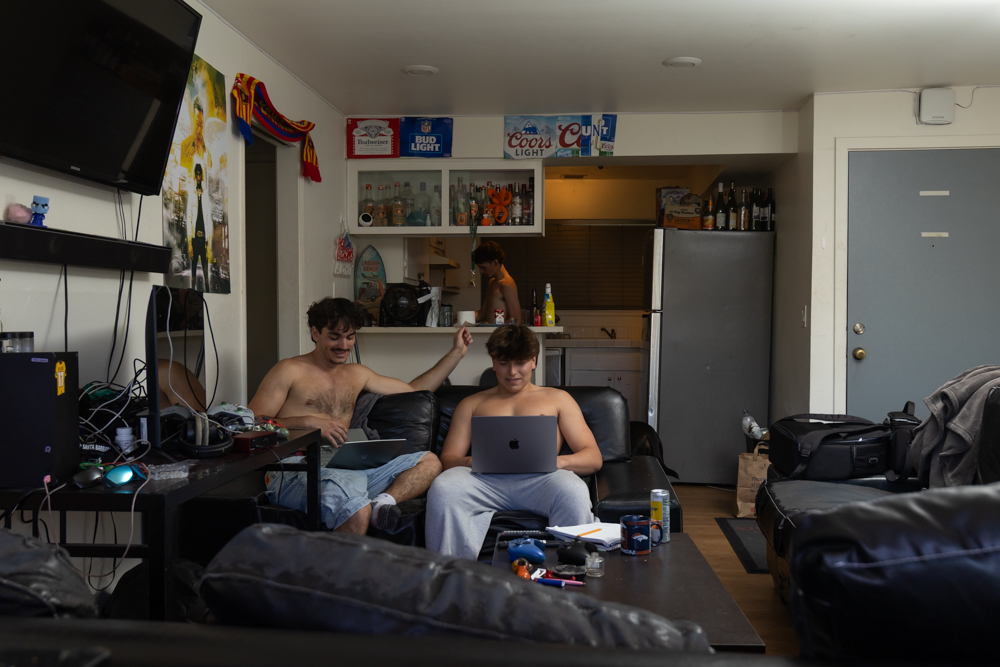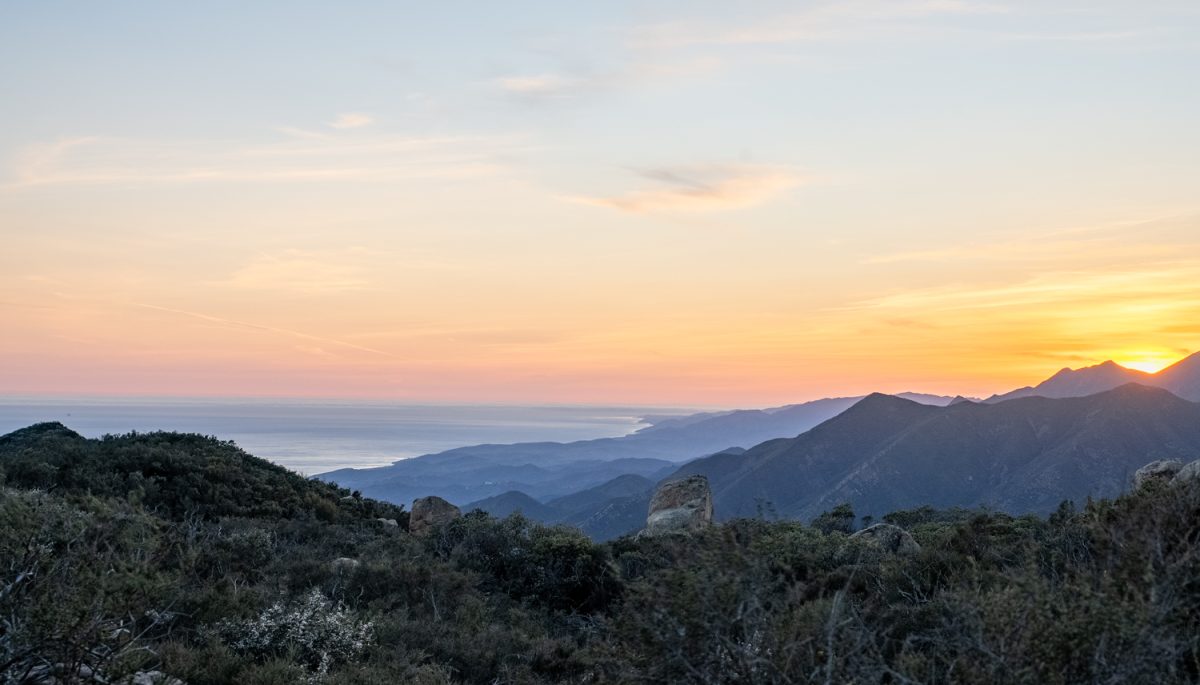Phil Lubin propelled City College students and Astronomy club members into the world of interstellar travel at his talk Thursday in City College’s Physical Science Room 101.
Lubin showed volunteer students’ work from the Direct Energy Lab at UCSB. The volunteers aim to develop new technologies that will enable long distance space travel with minimal impact to the human body.
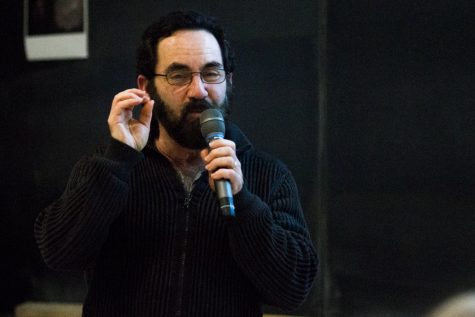
Philip Lubin, a professor at the UCSB Physics Department, discusses his most recent projects during an event hosted by the Astronomy Club on Thursday, March 14 inside the Physical Science Building Room 101 at City College. Lubin is a member of the NASA Starlight Team.
Lubin explained that current rocket technology, which has remained nearly unchanged since World War II, is not adequate enough for us to achieve interstellar travel because of the chemical components that propel them.
“It’s a hopeless path to use chemistry,” Lubin said when speaking about current rocket technology. “We have explored virtually every reaction in the periodic table.”
Lubin addressed possible ways to achieve interstellar travel, one being antimatter annihilation propulsion, but admitted that with current technological advances their is very little means to produce such a powerful energy, let alone contain it.
Currently, Lubin and his students are working on two viable options of direct energy propulsion, one mode being direct drive propulsion which would require a reflector at the destination to bounce a high power laser to give fuelless engines enough momentum to reach its location.
“It requires much more power than the second mode,” Lubin said when differentiating both modes.
The second mode is indirect drive propulsion which would require the power source to stay at the engines point of origin, which is more viable for smaller destinations within our solar system such as Mars or the Moon.
Lubin said although both propulsion modes did use different energy outputs and had distinct methods on how to execute space travel, they both essentially use the same laser technology to make it work.
“The nice thing here is there is essentially no expendable,” he said.
When discussing the possible applications of this technology, Lubin highlighted the possibility of being able to transport humans to Mars in about a month, which is a drastic reduction to the current nine month trip most loads currently take to reach the red planet.
Lubin stressed that the advantage of this is it reduces the exposure to “highly enhanced radiation fields,” which he said can be very dangerous to any biological organism onboard a spacecraft.
The program has also gone beyond space travel ambitions and has applied its technology to such ventures like asteroid detection, mining and long range laser communications.
Phil Lubin’s Direct Energy Lab is funded by NASA, and his speech was hosted by the City College Astronomy Club.


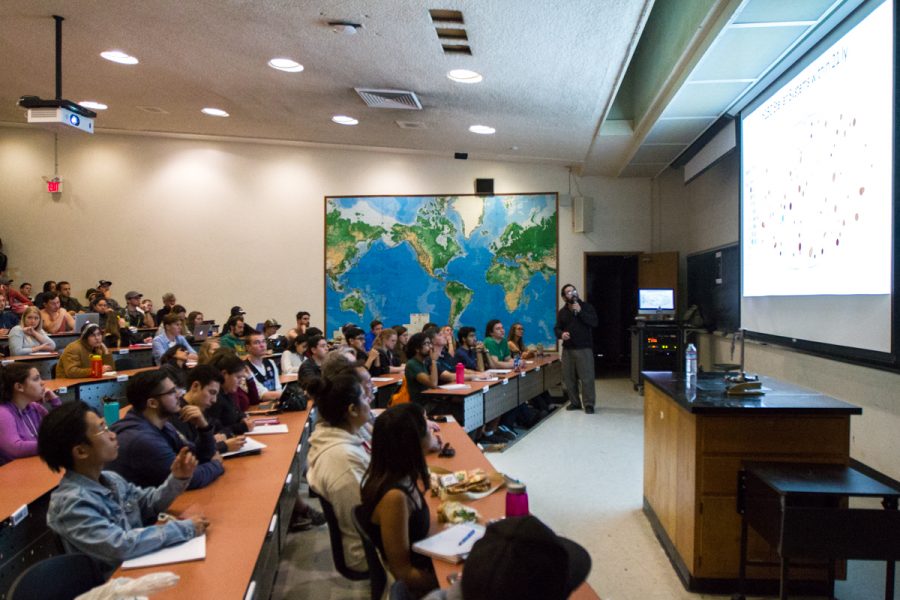

![Milton Alejandro Lopez Plascencia holds a flag showcasing the United States and Mexico on Feb. 7 in Santa Barbara, Calif. “It’s heartbreaking to see what is happening all across the country,” Lopez Plascencia said. “I [want] my voice to be heard by the community.”](https://www.thechannels.org/wp-content/uploads/2025/05/MGSImmigration-1-1200x800.jpg)

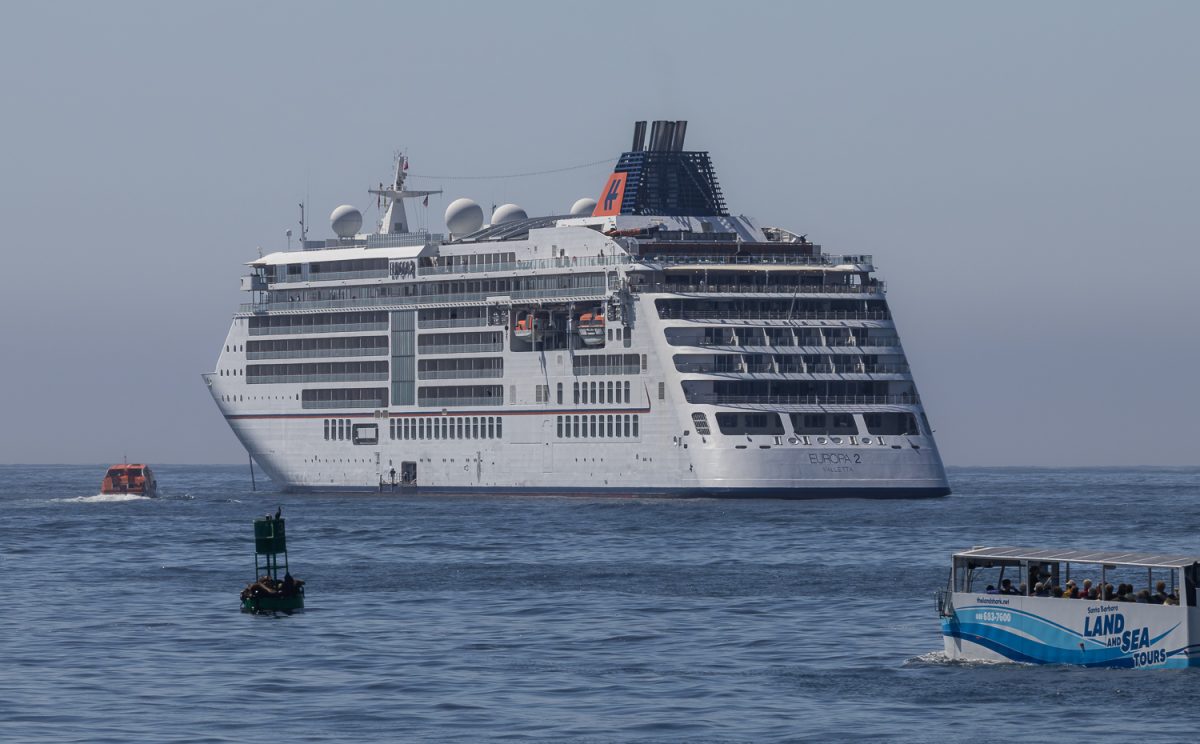
![The new Dean of Social Science, Fine Arts, Humanities and English, Eric Hoffman beams on May 2 in Santa Barbara, Calif. "My major professor in college [inspired] me," Hoffman said. "You can really have a positive impact on people's lives in education."](https://www.thechannels.org/wp-content/uploads/2025/05/MGSHoffman-2-1200x800.jpg)
